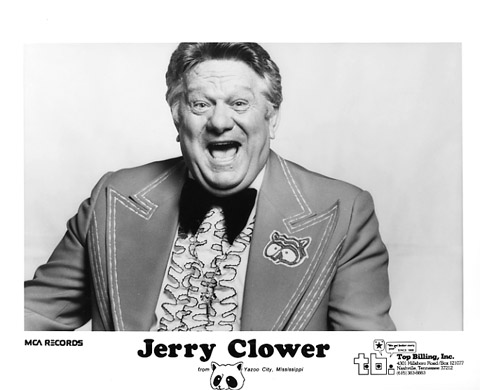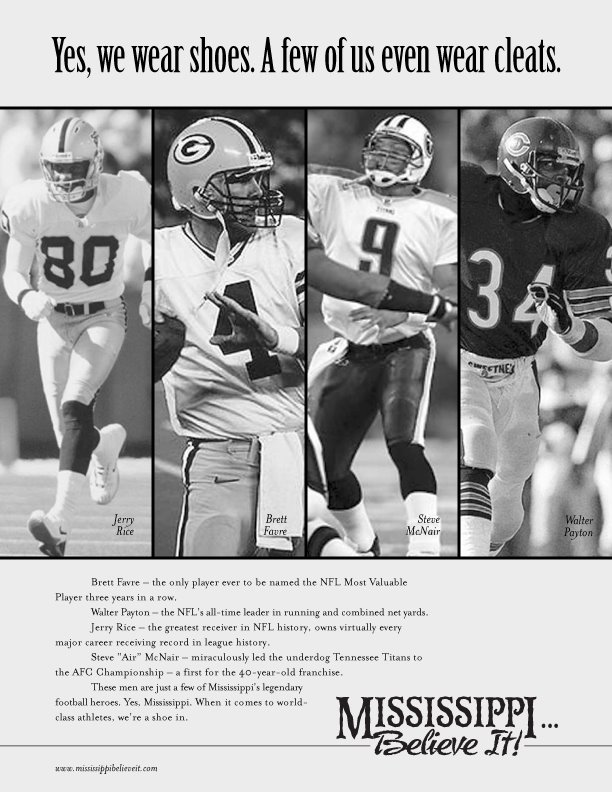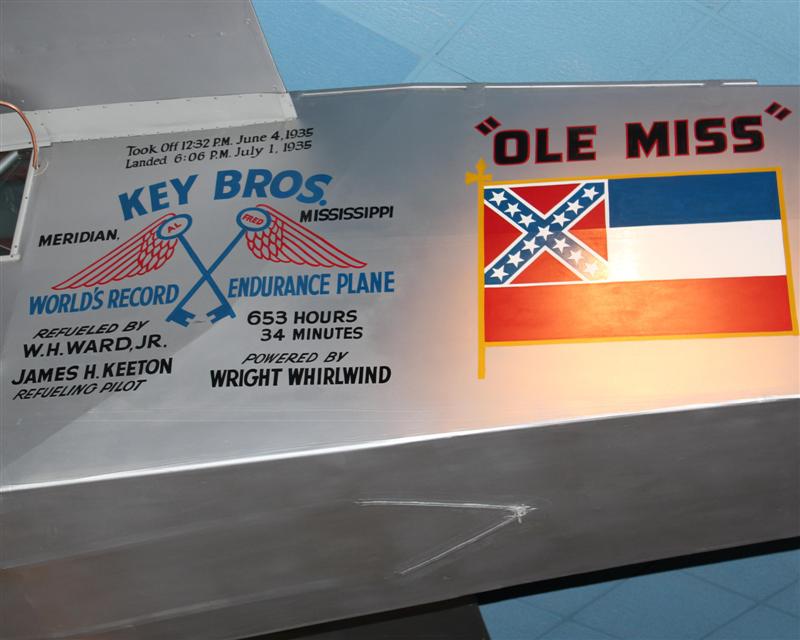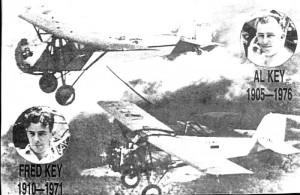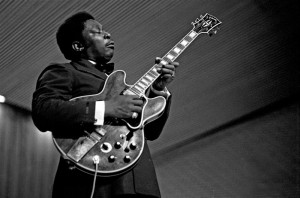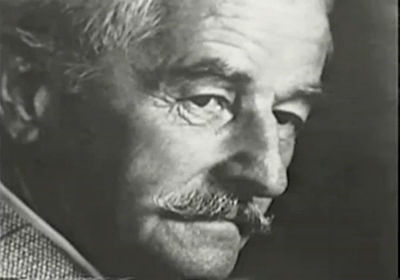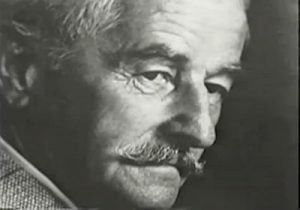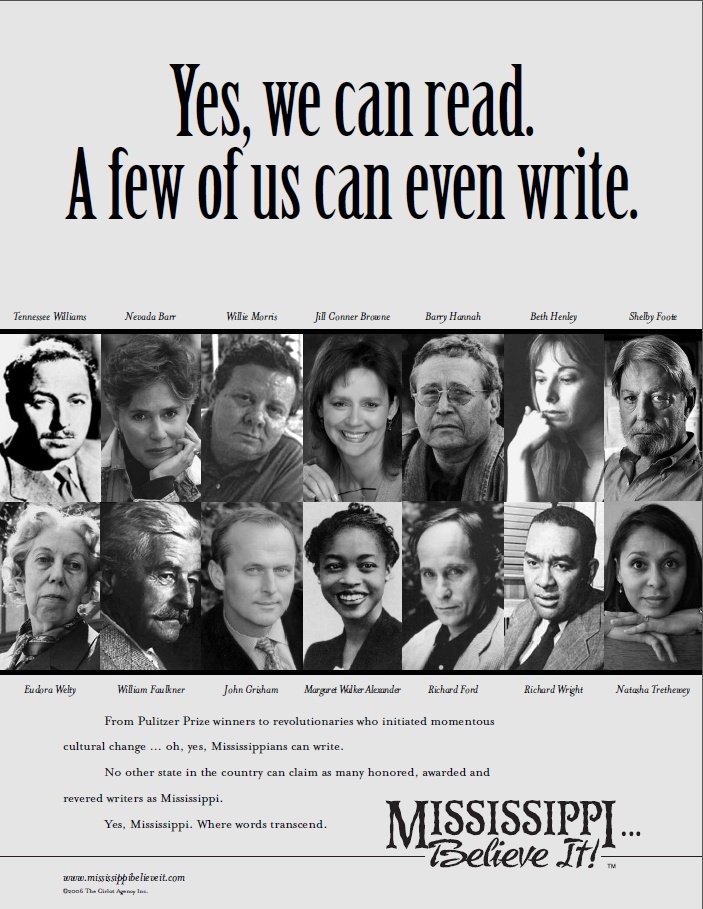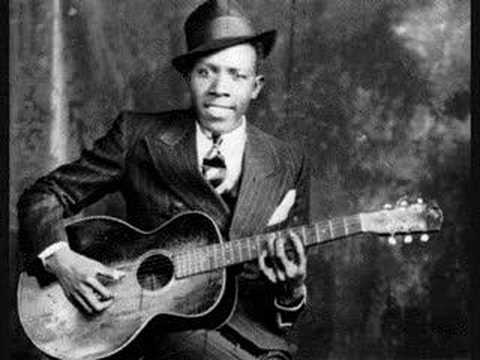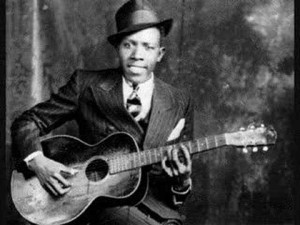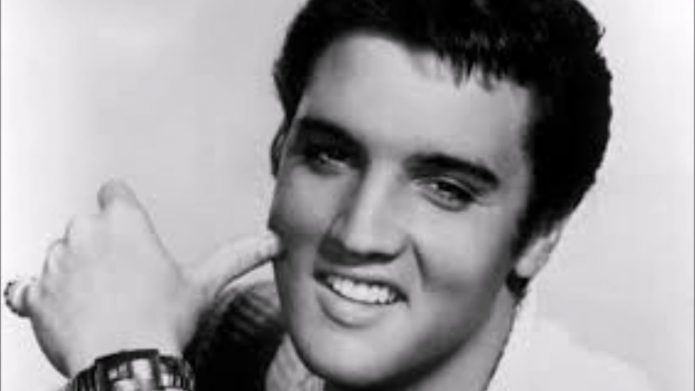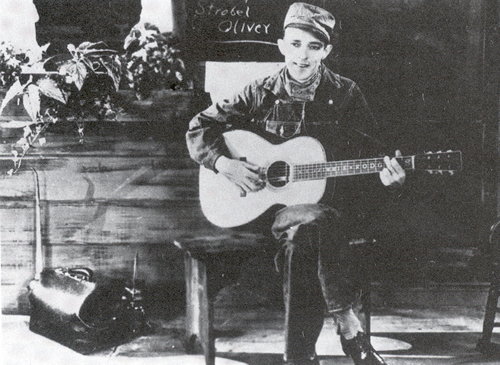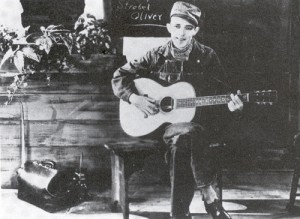I first noticed Sela Ward when she played Helen Kimble in the 1993 thriller, The Fugitive, starring Harrison Ford and Tommy Lee Jones; however, she had already been acting professionally since 1983. Her role in The Fugitive was short as Helen is murdered by the one-armed man in the first few minutes of the film, and yet, her presence was powerful and it needed to be. After all, Dr. Richard Kimble’s (Ford) pursuit of the murderer and his confrontations with Deputy U.S. Marshal Samuel Gerard (Jones) only make sense if the wife he lost was a powerful motivator. Well, at least as powerful as his desire to avoid death row and prove his innocence.
What I can tell you for certain is that Sela had a very short time to make a big impression and she pulled it off with ease. My wife enjoyed her stint as Teddy Reed on Sisters and as Lily Manning on the show Once and Again. Personally, I was most impressed by her portrayal of Jo Danville on CSI:New York. There was nothing like watching Sela interact with one of my favorite actors, Gary Sinise. In fact, I’d love to see a movie with Sela and Gary together either as action partners or a romantic couple or both because I really think they had great screen chemistry.
[youtube]https://www.youtube.com/watch?v=XffbsMBQdVM[/youtube]My wife and I had the pleasure of meeting Sela Ward after a show at the Temple Theater in Meridian and we found her to be very gracious and appreciative of our interest in her career. It’s actually not that unusual to run into Sela or her family around town as Meridian is after all a small town! Most people I know who have had the pleasure do their best to give her space and not overwhelm her with attention, but sometimes people just can’t help but whisper, ‘Hey, Sela Ward just came in!” or “There’s Sela eating dinner.” Frankly, it’s kinda hard not to be just a little star struck and she seems to always take it in stride. I hope that she knows we are proud of her and how well she represents our community!
From Wikipedia:
[youtube]https://www.youtube.com/watch?v=0cXM1Je_qrg[/youtube]Sela Ann Ward (born July 11, 1956) is an American actress, author, producer and spokeswoman, perhaps best known for her television roles as Teddy Reed on the American TV series Sisters (1991-1996) and as Lily Manning on Once and Again (1999-2002). She had a recurring role in the Fox medical drama House as Stacy Warner (2005-2006: 2012). She starred in the CBS police drama CSI: NY as Jo Danville (2010-2013).
Ward was born in Meridian, Mississippi to Annie Kate (née Boswell) and Granberry Holland “G.H.” Ward, Jr. Ward is the eldest of four children with a sister, Jenna, and two brothers, Brock and Granberry (Berry) III.
Ward attended the University of Alabama, where she performed as one of the Crimson Tide cheerleaders and joined Chi Omega sorority, and double-majored in art and advertising.
While working in New York City as a storyboard artist for multimedia presentations, the 5’7″ (170 cm) Ward began modeling to supplement her income. She was recruited by the Wilhelmina agency and was soon featured in television commercials promoting Maybelline cosmetics. Ward eventually moved to California to pursue acting and landed her first film role in the Burt Reynolds vehicle, The Man Who Loved Women, released in 1983.
Ward was originally offered both the role of Megan Donner on CSI: Miami and Susan Mayer on Desperate Housewives, but turned both down. The parts later went to Kim Delaney and Teri Hatcher, respectively. Ward said she did not want another lead role in an hour-long series due to the time away from her family it would require.
After meeting two foster children during a holiday trip home to Mississippi in 1997, Ward decided to meet a broader need for abused and neglected children by initiating and partially funding the creation of an emergency shelter for those awaiting placement in foster homes. Housed on a 30-acre property once used as a Masonic-owned and -operated orphanage, the Hope Village for Children opened in Ward’s home town of Meridian in January 2002 and is intended to serve as a pilot for a nationwide network of similar shelters. Hope Village currently has a capacity for 44 residents and serves an average of 200 children per year.
A business district portion of 22nd Avenue in Meridian (from 6th Street to the Interstate 20 highway interchange has been named the “Sela Ward Parkway” in Ward’s honor.
In 2002, Ward published her autobiography, Homesick: A Memoir, through HarperCollins’ ReganBooks imprint.



